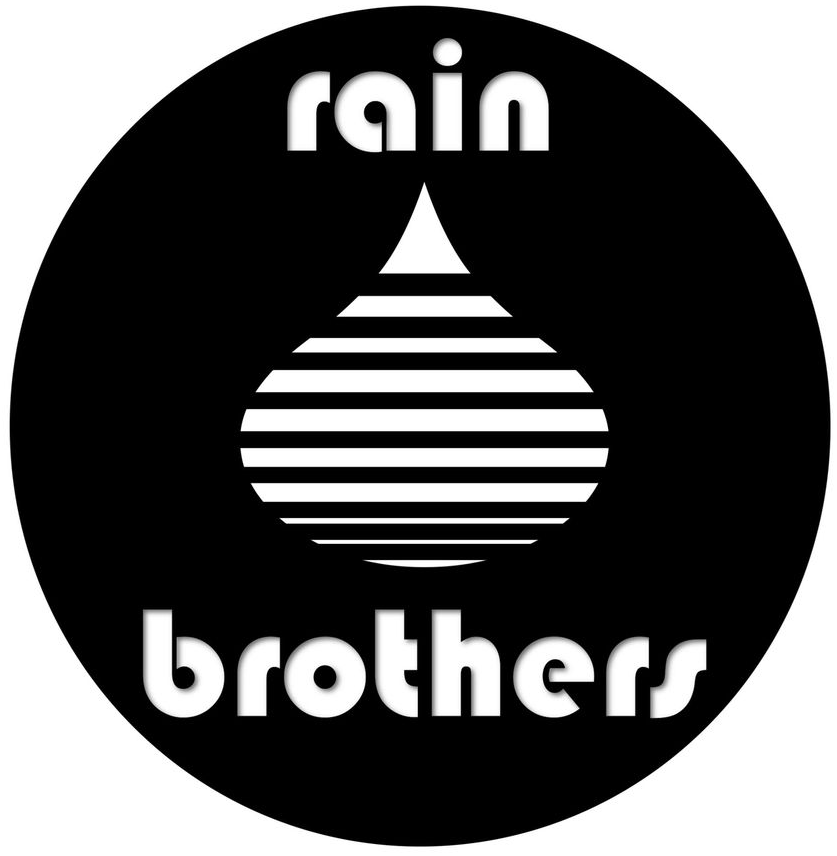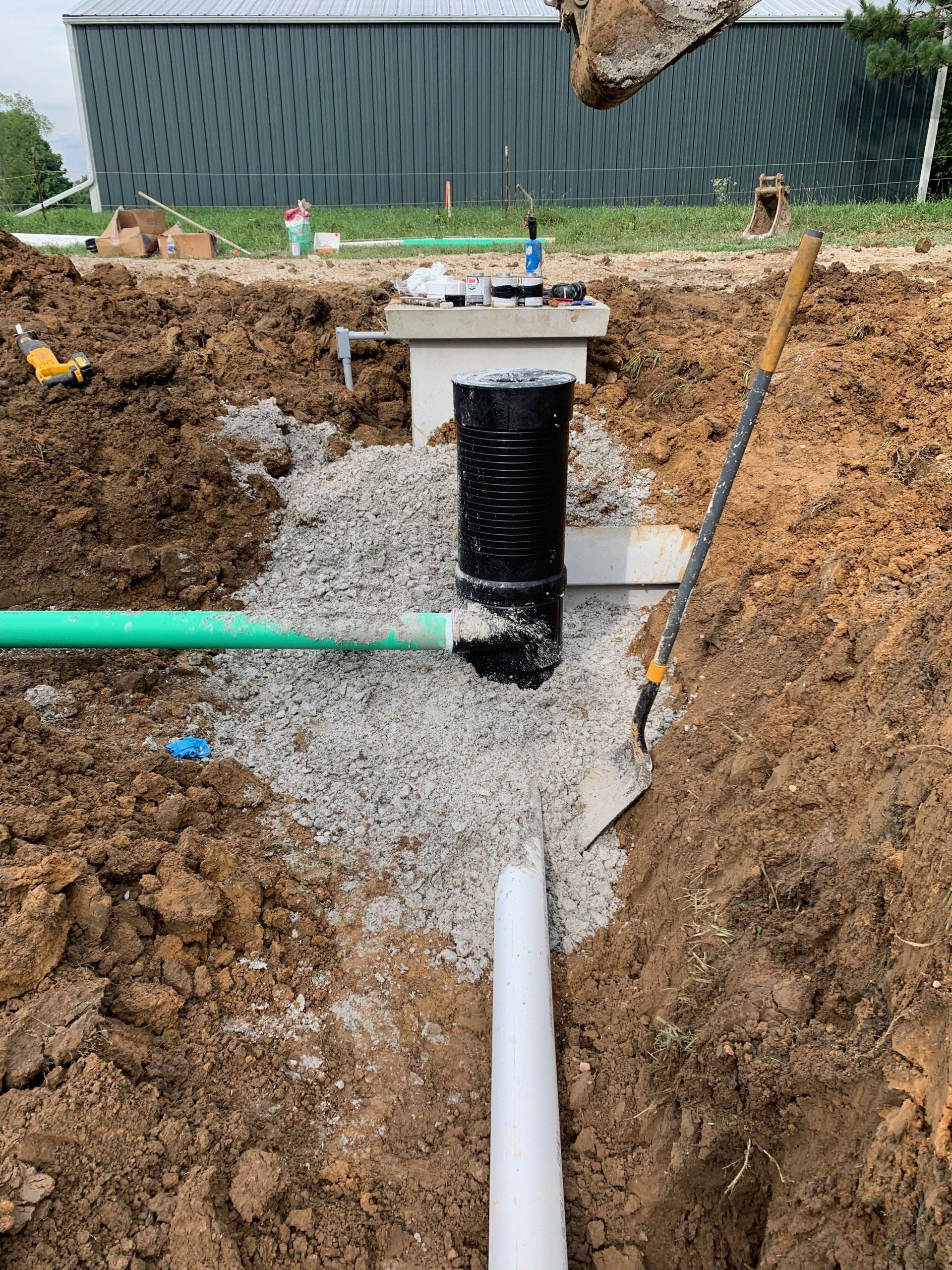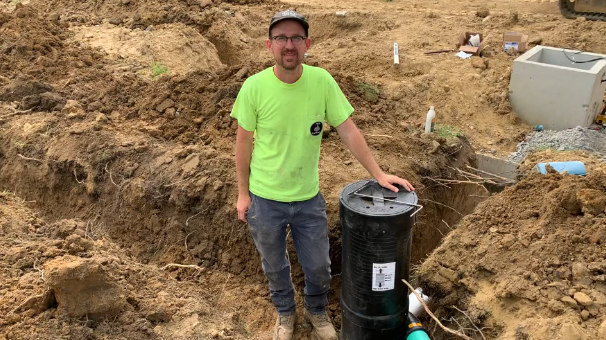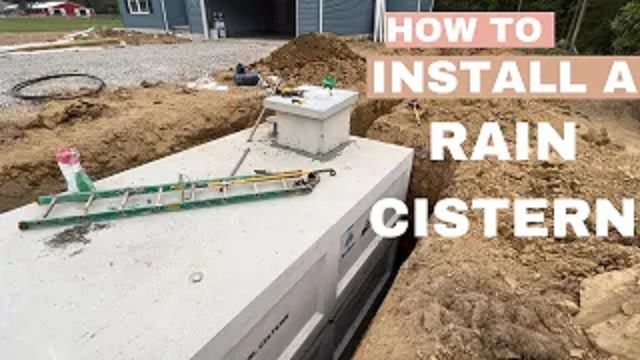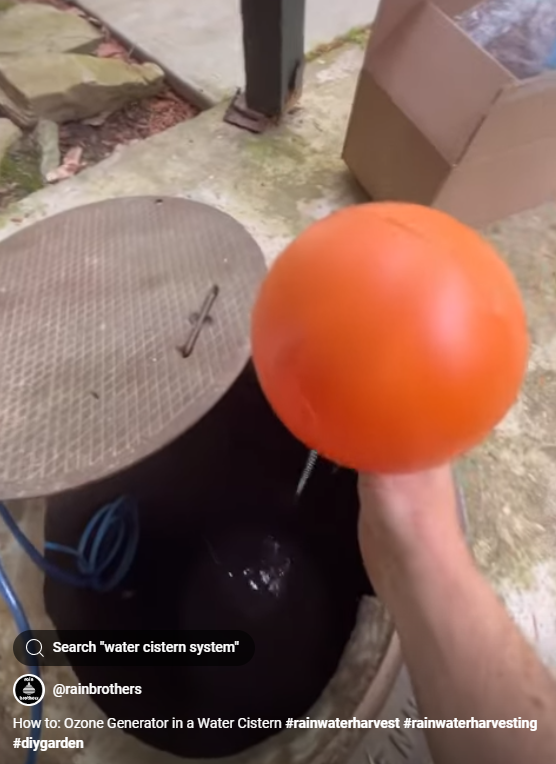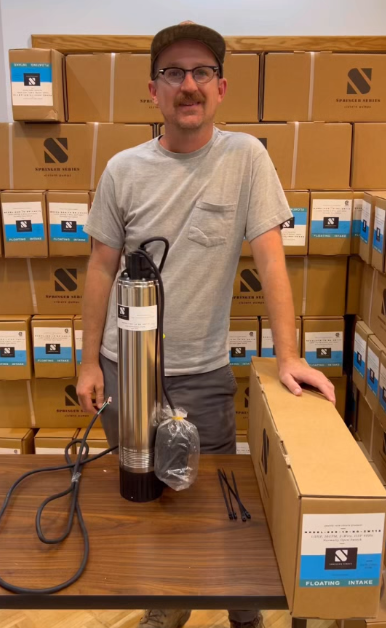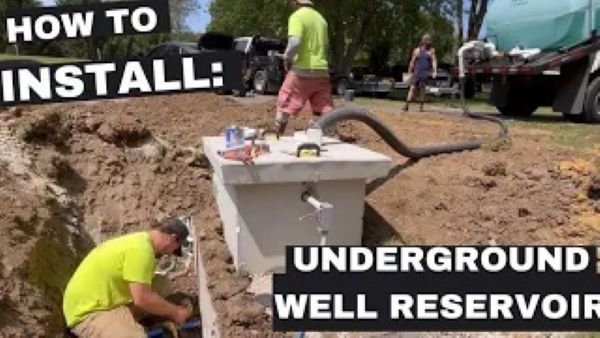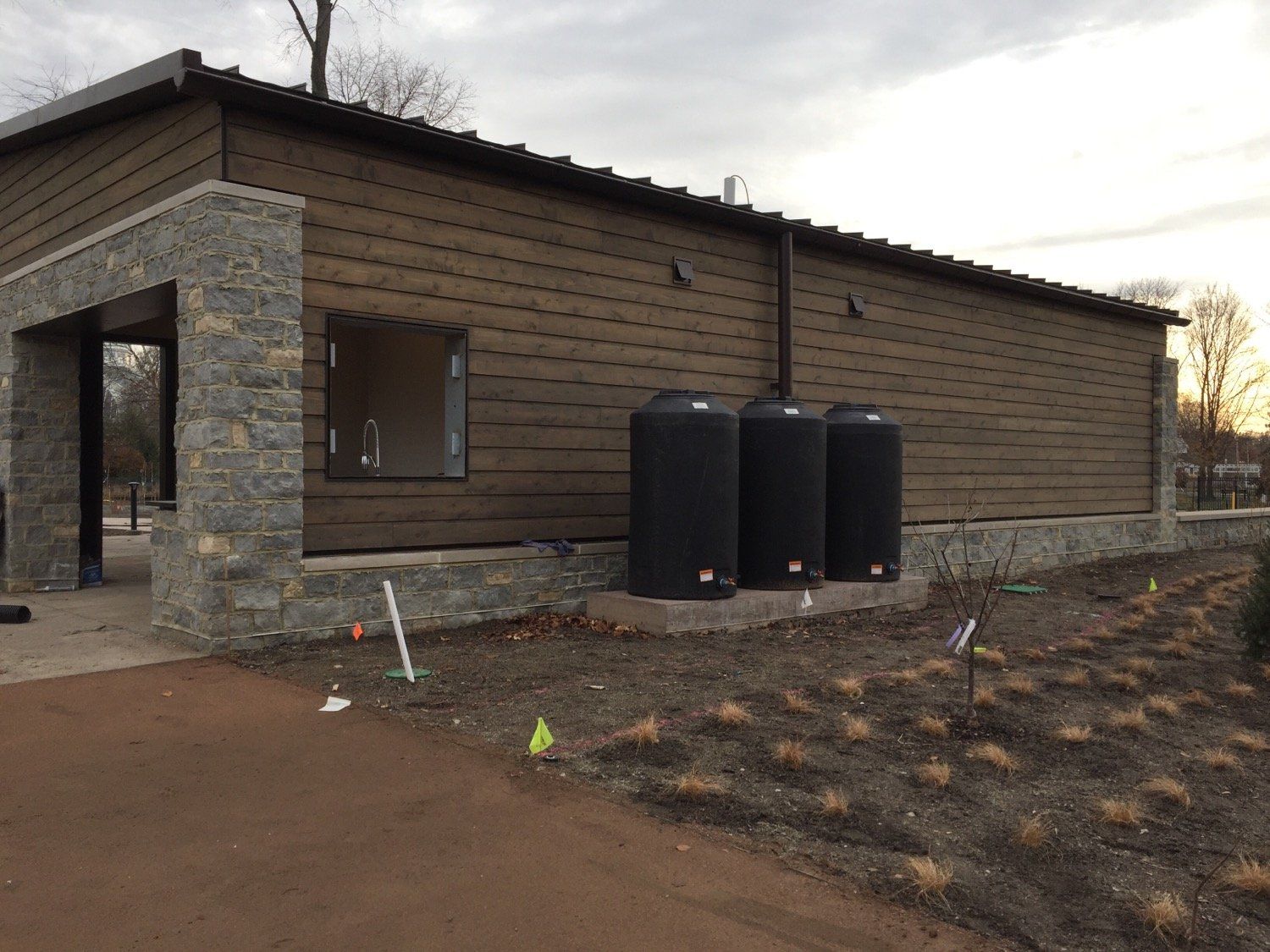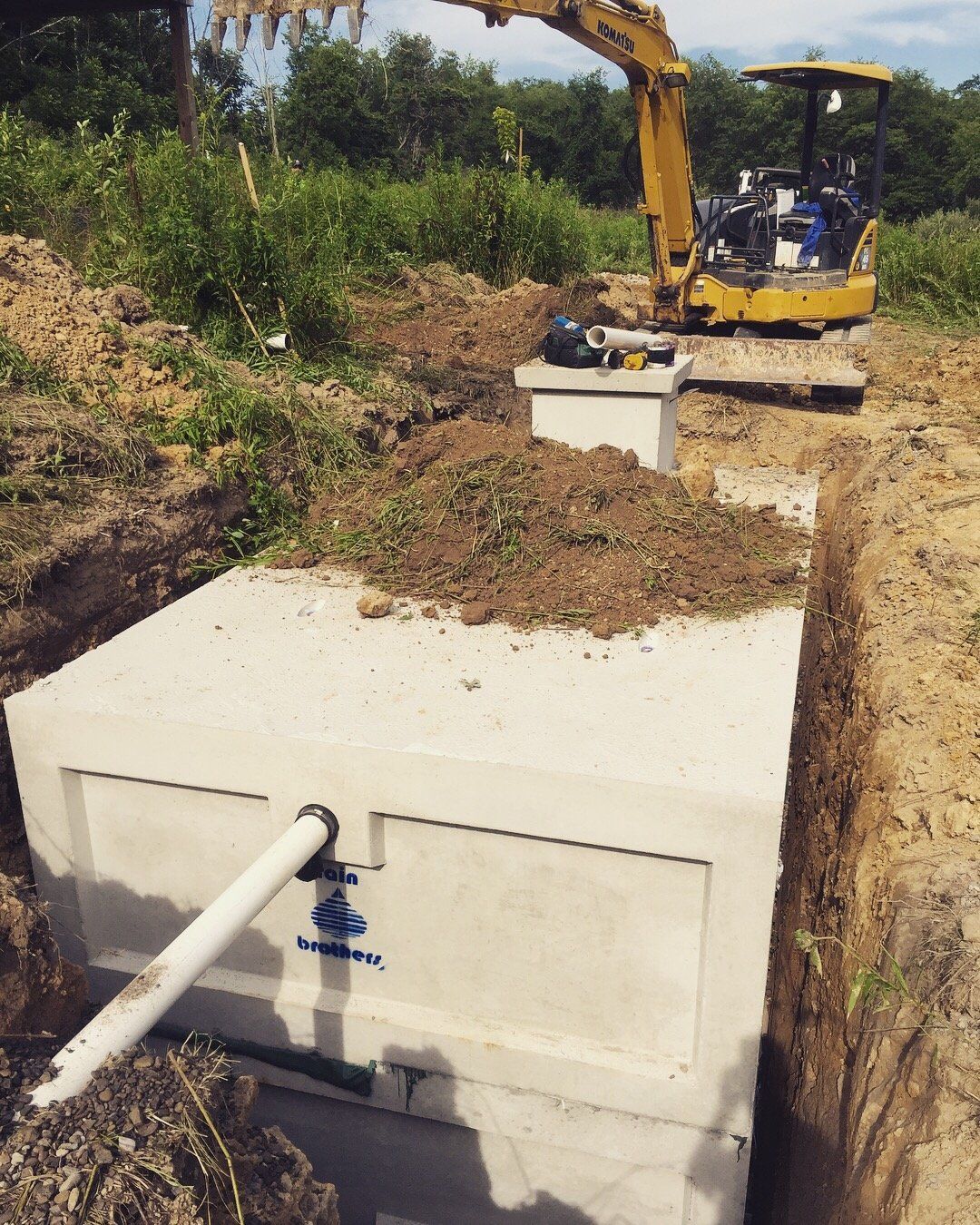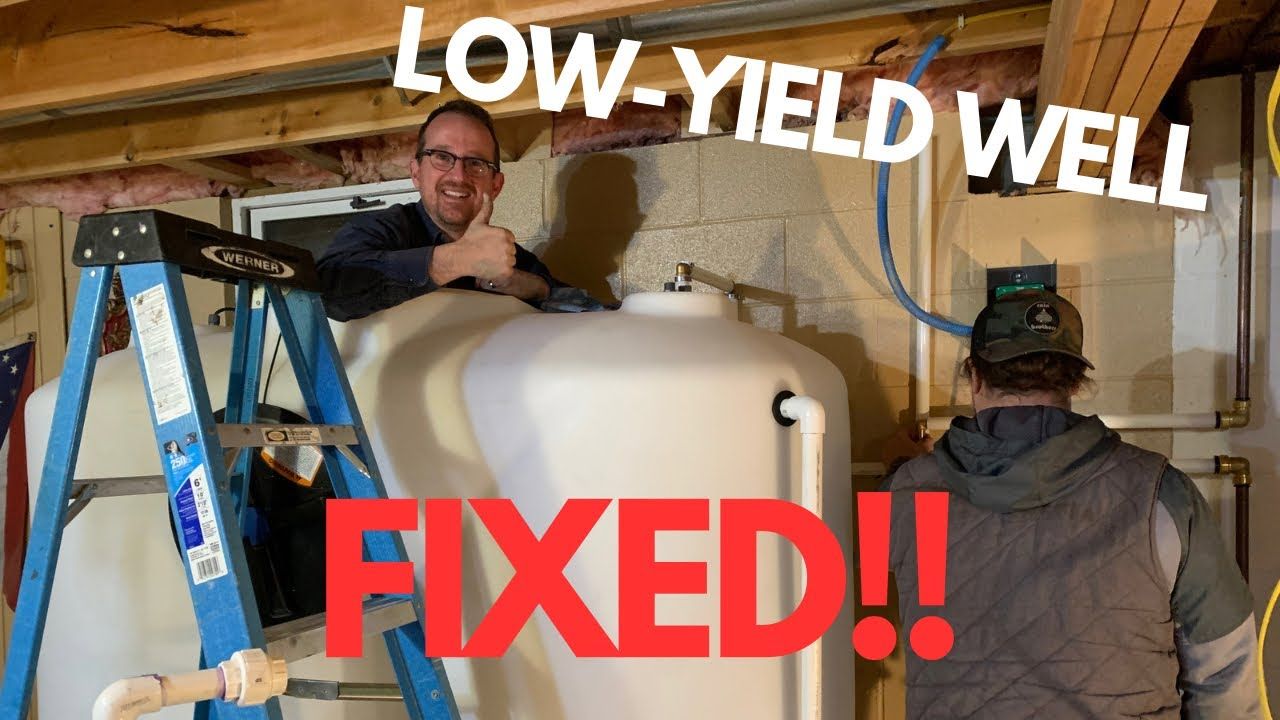Five Ways to Filter My Rainwater Harvest
Five Ways to Filter My Rainwater Harvest
Capturing rainwater as part of even a small off-grid water system is a great way to cut utility costs and extend your water supply during times of drought. Since we typically capture rain as it flows from our roofs, it’s important to set up some sort of filtration process to ensure roof particulates and debris doesn’t get into the water supply. Our roofs can collect everything from animal debris to leaves and twigs; however, this would be fine if you’re just using your rainwater harvest for the garden. However, since most roofs are made from asphalt, shingle debris could drain right into your rainwater supply tank.
If you’re planning on bathing or drinking the water, though, filtration is a necessity to keep you from getting sick from the rainwater. This article will look at five ways to filter your rainwater harvest to make it clean enough for you to drink.
Five Rainwater Filters to Consider
Rain Brothers installs both underground and above groundcistern units designed to capture your rainwater harvest. Over the years, we’vefigured out some of the best methods to use for the rainwater filter process.We install these systems but also sell them as stand-alone pieces in our Rain Brothers store .
There are really five key processes to consider for rainwater filtration:
- 1. Pre-Tank
Filtering
You can and should filter the water before it hits your cistern tank, if possible. We like the Wisy Vortex and Wisy Linear pre-tank filters for all of our installations designed to provide drinking water. The Vortex is a filtration hub where multiple downspouts run water inside it and it meets Ohio Health Department for roof washer filters. The Linear unit ranked the highest in our field tests for quality and affordability. Both of these pre-tank filters are worth considering. - 2. In-Tank
Filtering
Interestingly, you can use the cistern design to help filter debris in the tank. The pipes going into the tank can be designed as a kind of a “calming inlet,” where the swooshing rainwater will be taken all the way to the bottom of the tank. This will reduce turbidity, which is cloudiness in the water from all the suspended debris floating around. This process also helps keep the water oxygenated and generally cleaner of debris. You can also use a floating filter to pull water from the cleanest part of the tank – which is not the bottom, where the sediment will naturally settle. - 3. Carbon Filtration
Carbon not only is an important step toward cleaning the water for drinking, it also helps the rainwater taste better. Activated carbon filters do a nice job removing harmful water contaminants before the water is disinfected. These filters work to trap the pollutants right in the carbon, making for an effective rainwater harvesting filtration method. - 4. Sediment
Filtration
Any sediment left should go through one list filtering process before sterilizing the water. In Ohio, the particulates should be whittled down to about five microns, which is small enough to filter out cysts that can make you sick. Rain Brothers typically adds a sediment filter just before the sterilization process. - 5. UV
Sterilization
Even after taking all these filtration steps, the final and most important part of cleaning your rainwater harvest is sterilizing it. We typically use a UV filter to remove water-borne microbes and bacteria that could make you sick. UV sterilization is a more natural process than adding chlorine for sterilization, and one that we highly recommend.
Rain Brothers is standing by to help you establish and maintain your own rainwater harvest. Contact us at 937-949-1100.
